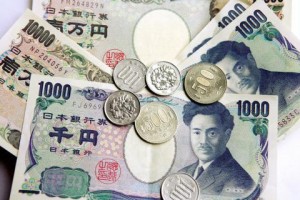Toms is a brand that mainly sells shoes. However it is different from the original shoe industries. When you buy a pair of TOMS shoes, it means giving another pair to the impoverished child, which is known as the ‘one for one’ business model.
Companies like TOMS are defined as social enterprises. These industries set objective that benefits the society but still the company needs to make money to sustain its work and also applies a business framework to produce better. They usually create shared value.
Although TOMS can produce shared value to the society, there are still problems for it to operate the ‘one for one’ project. First, the most serious problem for the poor area is not about the shoes but some other basic needs, such as starvation and clean water. Basically, provide shoes for them does not solve the problem, but lead to a replacement of local markets, thereby hindering development. Secondly, the transportation fees are also a high cost that needs to be taken into account.
Therefore, how TOMS is going to operate the company still remains a problem, although it seems to solve the poverty issue of other countries, what TOMS should think more is about what people really need.

